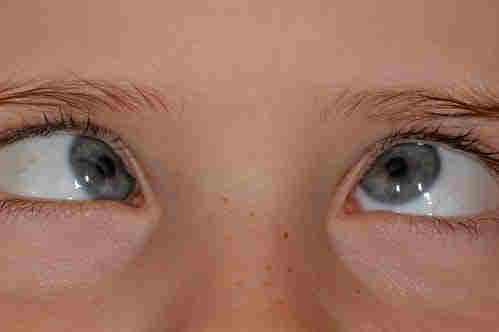Strabismus surgery improves psychiatric symptoms in teens
Turkish researchers have found that surgery for strabismus improves psychiatric symptoms in adolescents. The group, lead by Dr Serdar Ozates, in the Dr Sami Ulus Maternity, Children’s Health and Diseases Training and Research Hospital’s ophthalmology department in Ankara, Turkey assessed the psychological effects of preoperative primary eye position and surgical correction of strabismus in adolescent patients.
Eighty-three adolescent patients with exotropia were included in this observational and prospective study, published in the British Journal of Ophthalmology. Patients with preoperative manifest exotropia formed the manifest exotropia group. Patients with intermittent exotropia that had orthophoria with overcorrecting minus lenses and recently increased frequency of manifest phase were indicated for surgery and formed the latent deviation group. All patients were scored with the Turkish version of the Social Appearance Anxiety Scale (SAAS), depression subscale of Hospital Anxiety and Depression Scale (HAD-D) Brief Fear of Negative Evaluation Scale (BFNE), state anxiety subscale of State-Trait Anxiety Inventory (STAI-S) and trait anxiety subscale of State-Trait Anxiety Inventory (STAI-T) before and 1 year after strabismus surgery.
The mean preoperative scores of the HAD-D, SAAS, BFNE, STAI-S and STAI-T before strabismus surgery were significantly higher in the manifest exotropia group than in the latent deviation group (p≤0.001 for all). Surgical correction significantly improved the outcomes of all scales in the manifest exotropia group (p≤0.001 for all). Outcomes of the STAI-S and STAI-T significantly improved in the latent deviation group after the surgery (p=0.008, p=0.006, respectively), whereas outcomes of the HAD-D, SAAS and BFNE did not improve (p=0.079, p=0.071, p=0.127, respectively). The mean postoperative scores of all scales did not differ between the two groups (p>0.05 for all).
The researchers concluded strabismus has psychological consequences in adolescent patients, and the visible eye deviation caused by strabismus is a strong indicator of psychological distress.


























